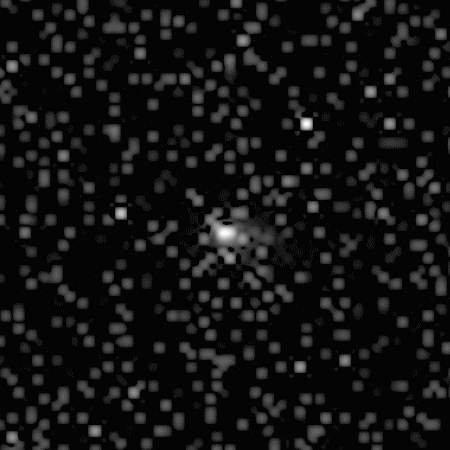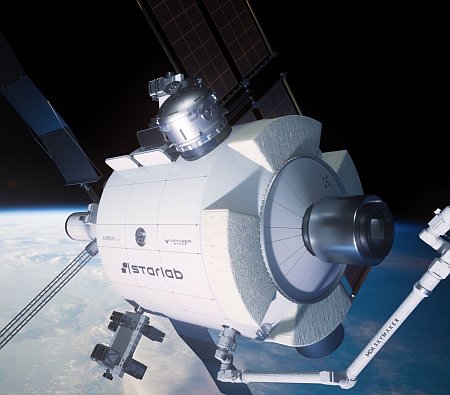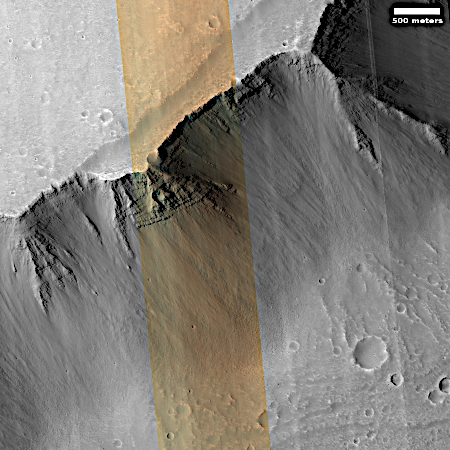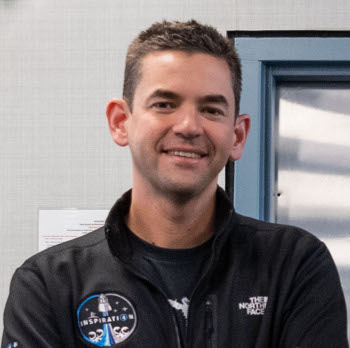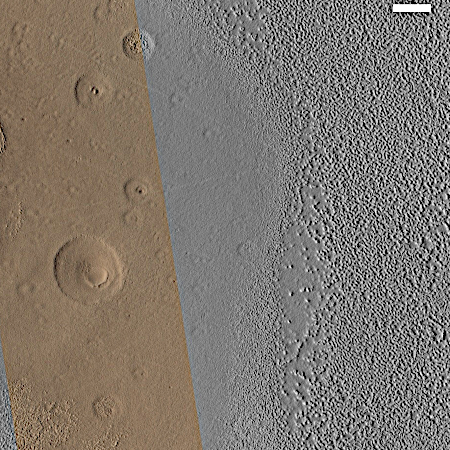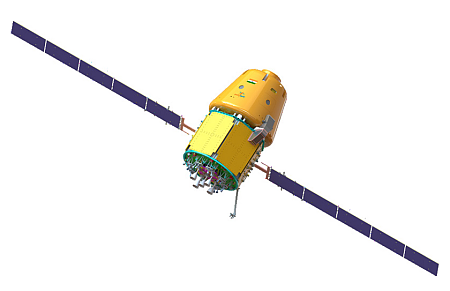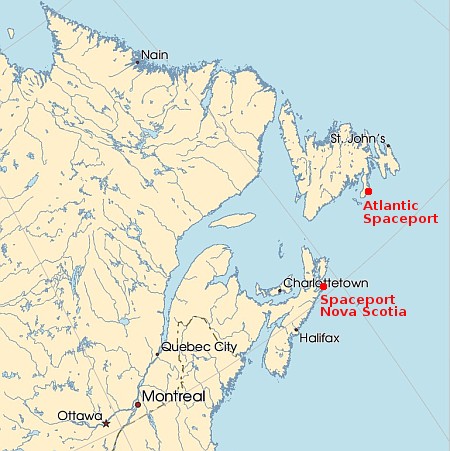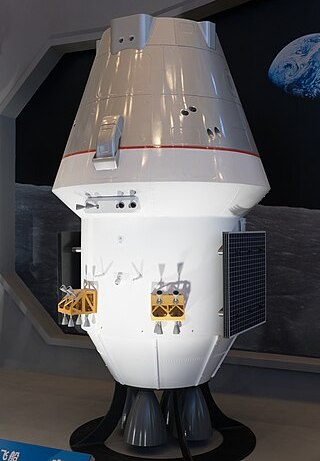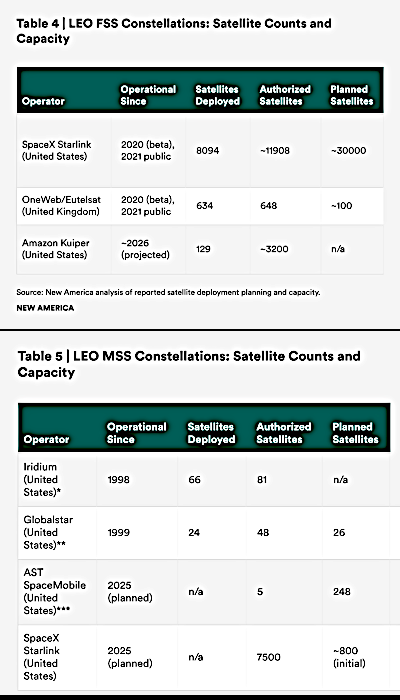One launch today by SpaceX, while ULA scrubs for the second time in two days
SpaceX today successfully launched another 28 Starlink satellites, its Falcon 9 rocket lifting off from Vandenberg Space Force Base in California.
The first stage completed its 8th flight, landing on a drone ship in the Atlantic.
ULA for the second day in a row was forced to scrub a launch of a Viasat communications satellite due to “a reoccurrence of the issue with the Atlas V booster liquid oxygen tank vent valve.” No new launch data has as yet been announced.
The contrast between these two rocket companies here is truly striking. In the past two days SpaceX’s reusable Falcon 9 has launched twice, like clockwork, while ULA can’t get off the ground because of a valve issue, the kind of niggling problem that routinely scrubs its launches. It is thus rare that ULA launches on time, on schedule, as planned.
SpaceX’s launch however sets a new record for successfully launches in a single year by the entire world, 257, breaking the record set last year. These numbers are two to five times what the global launch industry managed annually for most of the space age, and signal the renaissance in rocketry brought on by Elon Musk and SpaceX. Nor I think have we reached peak numbers. Not even close.
The leaders in the 2025 launch race:
145 SpaceX (a new record)
67 China
14 Rocket Lab
13 Russia
SpaceX now leads the rest of the world in successful launches, 145 to 112.
SpaceX today successfully launched another 28 Starlink satellites, its Falcon 9 rocket lifting off from Vandenberg Space Force Base in California.
The first stage completed its 8th flight, landing on a drone ship in the Atlantic.
ULA for the second day in a row was forced to scrub a launch of a Viasat communications satellite due to “a reoccurrence of the issue with the Atlas V booster liquid oxygen tank vent valve.” No new launch data has as yet been announced.
The contrast between these two rocket companies here is truly striking. In the past two days SpaceX’s reusable Falcon 9 has launched twice, like clockwork, while ULA can’t get off the ground because of a valve issue, the kind of niggling problem that routinely scrubs its launches. It is thus rare that ULA launches on time, on schedule, as planned.
SpaceX’s launch however sets a new record for successfully launches in a single year by the entire world, 257, breaking the record set last year. These numbers are two to five times what the global launch industry managed annually for most of the space age, and signal the renaissance in rocketry brought on by Elon Musk and SpaceX. Nor I think have we reached peak numbers. Not even close.
The leaders in the 2025 launch race:
145 SpaceX (a new record)
67 China
14 Rocket Lab
13 Russia
SpaceX now leads the rest of the world in successful launches, 145 to 112.




